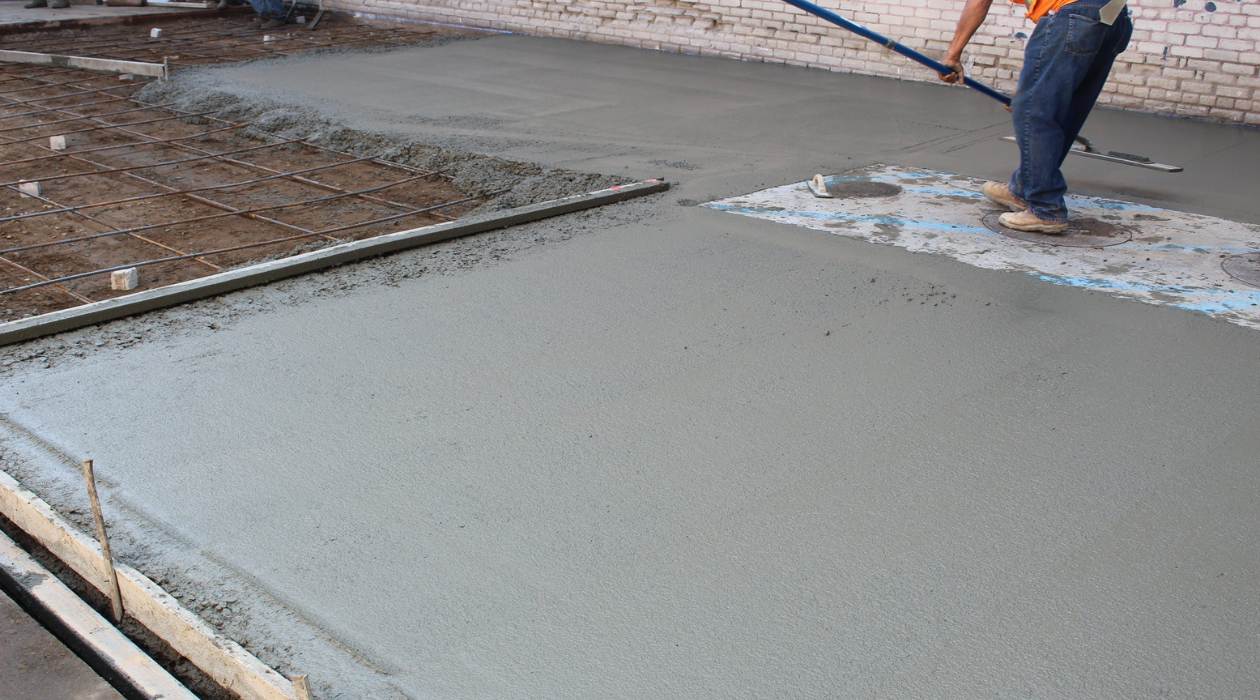

Articles
How Long Does It Take For A Driveway To Dry
Modified: November 1, 2024
Learn how long it takes for a driveway to dry in our informative articles. Find expert advice and tips to ensure a smooth and timely drying process.
(Many of the links in this article redirect to a specific reviewed product. Your purchase of these products through affiliate links helps to generate commission for Storables.com, at no extra cost. Learn more)
Introduction
When it comes to constructing or repairing a driveway, it’s important to consider the drying time. The duration it takes for a driveway to dry can vary based on several factors, including weather conditions, the type of material used, the thickness of the driveway, and the surface texture. Understanding these factors and implementing proper maintenance techniques can help expedite the drying process and ensure a sturdy and long-lasting driveway.
In this article, we will explore the various factors that affect the drying time of a driveway and provide some helpful tips for faster drying. So, whether you’re planning to get a new driveway installed or looking to repair an existing one, this information will guide you towards making informed decisions and help you achieve a dry and functional driveway in a timely manner.
Key Takeaways:
- Weather conditions, driveway material, thickness, and surface texture all influence the drying time of a driveway. Proper maintenance techniques and consideration of these factors can expedite the drying process and ensure a durable driveway.
- Factors such as ventilation, foot traffic, heat sources, and professional advice can further speed up the drying time of a driveway. However, allowing sufficient time for complete drying is crucial to maintain the driveway’s integrity.
Factors Affecting Drying Time
Several key factors can have a significant impact on how long it takes for a driveway to dry. By understanding these factors, you can better assess the expected drying time and plan accordingly. Let’s take a closer look:
Weather Conditions
One of the most influential factors affecting the drying time of a driveway is the prevailing weather conditions. Rainy or humid weather can significantly prolong the drying process. Excessive moisture in the air can prevent the water in the newly installed or repaired driveway from evaporating quickly. Additionally, colder temperatures can slow down the drying process, as the water molecules evaporate at a slower rate in colder conditions.
Type of Driveway Material
The type of material used for the driveway is another crucial factor. Different materials have varying levels of porosity and moisture retention. For example, concrete driveways tend to have a longer drying time compared to asphalt driveways. Concrete is more porous, which means it can take longer to fully dry out. On the other hand, asphalt driveways contain binders and are more resistant to moisture, allowing for a faster drying time.
Thickness of Driveway
The thickness of the driveway can also impact the drying time. Thicker driveways will naturally take longer to dry compared to thinner ones. The greater volume of material means more water needs to evaporate before the driveway is completely dry. It’s essential to consider the recommended thickness for the specific material being used and factor in the additional drying time accordingly.
Read more: How Long Does It Take To Pave A Driveway
Surface Texture
The surface texture of the driveway can affect the drying time as well. A smooth surface allows for quicker evaporation of the water, while a rougher or textured surface may trap moisture, prolonging the drying process. It’s important to consider the texture of the driveway material and consult with professionals to ensure proper drainage and drying.
By taking these factors into account, you can estimate a more accurate drying time for your driveway. However, it’s important to note that these factors may interact and influence one another. For example, if you have a thick concrete driveway and experience rainy weather, the drying time may be significantly prolonged. Therefore, it’s crucial to assess the specific conditions of your project and plan accordingly.
Weather Conditions
Weather conditions play a crucial role in determining the drying time of a driveway. The amount of moisture in the air and the temperature can significantly affect the evaporation rate and ultimately impact how long it takes for the driveway to dry completely.
Rainy or humid weather can pose challenges when it comes to drying a driveway. Excessive moisture in the air can impede the evaporation process, making it difficult for the water on the surface of the driveway to dry out. Additionally, rain can introduce additional moisture, further prolonging the drying time. It’s important to avoid scheduling driveway construction or repairs during periods of heavy rain or high humidity to ensure optimal drying conditions.
Colder temperatures can also slow down the drying process. Water molecules evaporate at a slower rate in colder conditions, which can extend the drying time of the driveway. If you live in an area with colder climate, it’s important to consider the temperature and plan accordingly. It may be necessary to wait for warmer weather to ensure proper drying of the driveway.
Conversely, warm and sunny weather can expedite the drying process. The heat from the sun helps increase the evaporation rate, allowing the water on the surface of the driveway to dry more quickly. If you have the flexibility to schedule driveway construction or repairs during a period of good weather, it can greatly reduce the drying time and allow for faster completion of the project.
In addition to temperature and moisture levels, wind can also impact the drying time of a driveway. A gentle breeze can aid in the evaporation process by disrupting the thin layer of air surrounding the water molecules on the surface of the driveway. This helps promote faster drying. However, strong winds can have the opposite effect. They can cause the surface of the driveway to dry too quickly, potentially leading to cracking or other issues. Therefore, it’s important to monitor wind conditions and take appropriate precautions during the drying process.
Ultimately, it’s crucial to be mindful of the weather conditions when planning driveway construction or repairs. By scheduling the project during favorable weather and considering the impact of temperature, moisture, and wind, you can optimize the drying time and ensure the longevity and functionality of your driveway.
Type of Driveway Material
The type of material used for your driveway plays a significant role in determining the drying time. Different materials have varying levels of porosity, moisture retention, and drying characteristics. Understanding these differences can help you anticipate how long it will take for your driveway to dry.
Concrete Driveways
Concrete driveways are a popular choice due to their durability and longevity. However, they tend to have a longer drying time compared to other materials. Concrete is a porous material that absorbs water, and it takes time for the water to evaporate completely from within the concrete. The size and thickness of the concrete slab, as well as the weather conditions, can affect the drying time.
Typically, it can take anywhere from a few days to a few weeks for a concrete driveway to dry completely. During this time, it is essential to avoid heavy traffic or placing heavy objects on the driveway to prevent damage to the curing concrete.
Read more: How Long Does It Take For Brick To Dry
Asphalt Driveways
Asphalt driveways, also known as blacktop driveways, have different drying characteristics compared to concrete driveways. They consist of a mixture of aggregates, binder, and filler materials. Asphalt driveways have a faster drying time due to the presence of the binder that helps repel water. This allows for quicker evaporation of moisture from the surface. In most cases, an asphalt driveway can be ready for use within a day or two after installation or repair.
Paver Driveways
Paver driveways are constructed using individual pavers that are laid and interlocked with each other. The drying time for a paver driveway can vary depending on the type of paver material used and the installation method. Pavers made of concrete or clay tend to have a quicker drying time compared to other materials, as they allow for effective water drainage and evaporation.
Gravel Driveways
Gravel driveways, consisting of loose rocks or crushed stones, do not require drying time in the same way as concrete or asphalt driveways. However, proper compaction of the gravel during installation is essential to ensure stability and longevity. If the gravel is not compacted well, it may shift or become uneven over time.
It’s important to consult with professionals who specialize in the specific material you choose for your driveway to understand the recommended drying time and proper maintenance for optimal results.
By considering the drying characteristics of different driveway materials, you can make an informed decision that aligns with your project timeline and preferences. Understanding the specific requirements of each material will help ensure a successful and long-lasting driveway installation or repair.
Thickness of Driveway
The thickness of the driveway is an important factor that can impact the drying time. The overall thickness of the driveway determines the volume of material that needs to dry out before it is considered fully dried and ready for use. The thicker the driveway, the longer it will typically take to dry.
When constructing or repairing a driveway, it’s essential to follow the recommended thickness guidelines based on the type of material being used. The thickness requirements can vary depending on factors such as the expected load-bearing capacity and local building codes.
In general, concrete driveways are usually recommended to have a minimum thickness of 4 inches. However, certain factors, such as heavy traffic or the presence of large vehicles, may necessitate a thicker concrete slab. Thicker concrete driveways will require more time for the water within the material to evaporate completely.
On the other hand, asphalt driveways are typically thinner than concrete driveways. The recommended thickness varies but is commonly around 2 to 3 inches. Asphalt driveways have a faster drying time compared to concrete due to the composition of the material and the presence of binders that repel water.
It’s important to note that the actual drying time is not solely dependent on the thickness of the driveway. Factors such as weather conditions, driveway material, and surface texture also play significant roles. Therefore, it’s crucial to consider all these factors collectively when estimating the drying time.
Additionally, it’s important to ensure proper compaction and curing of the driveway material during the installation process. Adequate compaction helps minimize air pockets that can trap moisture and lengthen the drying time. Proper curing is essential to allow the material to fully dry and harden.
Consulting with professionals who have expertise in driveway construction will ensure that the appropriate thickness guidelines are followed and that the driveway is constructed to withstand the intended load and climate conditions.
By considering the recommended thickness, conducting proper compaction and curing processes, and accounting for other factors that influence drying time, you can estimate a more accurate timeframe for your driveway to dry and set realistic expectations for the project.
Read more: How Long Does It Take A Toothbrush To Dry
Surface Texture
The surface texture of a driveway can have an impact on the drying time as well. The texture refers to the roughness or smoothness of the driveway surface and can affect how quickly water evaporates from the surface.
A smooth surface allows for quicker evaporation of water. When the surface is smooth, there are fewer areas for water to collect and pool. As a result, the water can evaporate more efficiently, leading to a faster drying time. Concrete driveways, for example, can be finished with a smooth trowel or a broom finish to achieve different surface textures.
On the other hand, a rough or textured surface can trap moisture and prolong the drying process. This is because small crevices or indentations on the surface can create areas where water can accumulate and take longer to evaporate. Driveway surfaces with a brushed or exposed aggregate finish are examples of textured surfaces that may require additional drying time.
When considering the surface texture of your driveway, it is important to ensure that proper drainage measures are in place. Adequate drainage helps prevent water from pooling on the surface, reducing the chances of prolonged drying times. Proper grading and the installation of a drainage system, such as a trench drain or channel drain, can help facilitate efficient water runoff and promote quicker drying.
In addition to the surface texture, it is also worth noting that certain surface treatments or sealants may affect the drying time. If you choose to apply a surface sealer or protective coating to your driveway, it is important to consider the manufacturer’s instructions regarding drying and curing times. Some sealants may require a certain period of time to fully dry and cure before the driveway can be used.
Consulting with professionals who specialize in driveway installation or repair can help you determine the most suitable surface texture for your needs, as well as ensure proper drainage and the appropriate application of any surface treatments.
By carefully considering the surface texture and implementing proper drainage measures, you can help expedite the drying time of your driveway. This will ensure that your driveway is ready for regular use in a timely manner while maintaining its durability and longevity.
Proper Maintenance Techniques
Maintaining your driveway properly not only ensures its longevity but also helps promote faster drying after construction or repairs. Here are some essential maintenance techniques that can aid in the drying process:
Keep It Clean
Regularly cleaning your driveway can help prevent the accumulation of dirt, debris, and moisture. A build-up of debris can obstruct proper water drainage and impede the drying process. Use a broom or a leaf blower to remove leaves, dirt, and other debris from the surface. Additionally, consider pressure washing your driveway periodically to remove stains and built-up grime.
Clear Water Drainage Channels
Ensure that water drainage channels, such as trench drains or channel drains, are clear and free from blockages. Proper water drainage is crucial for allowing excess water to flow away from the driveway, preventing pooling and extended drying times. Regularly inspect these drainage channels and remove any debris or obstructions that may impede the flow of water.
Avoid Heavy Traffic
During the drying period, it’s important to avoid placing excessive weight or heavy objects on the driveway. Heavy traffic can disrupt the drying process and potentially cause damage to the newly installed or repaired driveway. As a general rule, it is advisable to wait at least a few days after installation or repair before allowing heavy vehicles or equipment to be parked or driven on the driveway.
Apply a Surface Sealer
Applying a surface sealer can help protect the driveway and prolong its lifespan. Make sure to follow the manufacturer’s instructions regarding the appropriate time to apply the sealer, as it may require a certain amount of drying time before application. A surface sealer can provide an additional layer of protection and help repel water, reducing the chances of moisture absorption and damage to the driveway.
Address Cracks and Damage Promptly
If you notice any cracks or damage on your driveway, it’s important to address them promptly to prevent further deterioration. Water can seep into cracks and cause additional problems, leading to a longer drying time. Small cracks can often be repaired with the use of a suitable crack filler, while larger or more severe damage may require professional assistance.
By adopting these proper maintenance techniques, you can help maintain the integrity of your driveway and promote faster drying after construction or repairs. Regular cleaning, ensuring proper water drainage, avoiding heavy traffic, applying a surface sealer, and addressing any cracks or damage promptly will contribute to a well-maintained and efficient driveway.
Additional Tips for Faster Drying
While weather conditions and proper maintenance techniques play a significant role in the drying time of a driveway, there are a few additional tips that can help expedite the process:
Read more: How Long Does Bathtub Reglazing Take To Dry
Ensure Proper Ventilation
Proper ventilation is important during the drying period. If possible, open windows or use fans to increase airflow around the driveway. This can help promote faster evaporation of moisture and speed up the drying time. However, be cautious not to exert too much airflow, as strong winds can have negative effects on the drying process.
Limit Foot Traffic
During the drying period, it’s advisable to limit foot traffic as much as possible. Continual walking or stepping on the drying driveway can disrupt the curing process and prolong the drying time. Encourage people to use alternate paths or entrances until the driveway is fully dry and ready for normal use.
Utilize Heat Sources
If weather conditions permit, using heat sources can help speed up the drying process. Placing portable heaters or using radiant heat can increase the temperature around the driveway, promoting faster evaporation. However, exercise caution when using heat sources to avoid any potential damage to the driveway or surrounding structures.
Avoid Watering Nearby Plants
If you have plants or landscaping near the driveway, avoid watering them during the drying period. Excess moisture from watering can seep into the driveway and prolong the drying time. Ensure that sprinkler systems or other watering methods are directed away from the driveway to prevent unnecessary moisture exposure.
Read more: How Long Does A Concrete Patio Take To Dry
Follow Professional Advice
Consult with professionals who specialize in driveway construction or repair for specific advice and guidelines. They have the knowledge and expertise to provide valuable insights on how to expedite the drying time based on the specific conditions of your driveway. Following their recommendations can help ensure a successful and timely drying process.
It’s important to note that while these additional tips can help speed up the drying time, it is essential to allow sufficient time for the driveway to dry completely before subjecting it to heavy use or traffic. Rushing the drying process can compromise the integrity and durability of the driveway.
By incorporating these additional tips into your drying process, you can help promote faster drying and ensure that your driveway is ready for normal use in a timely manner.
Conclusion
Understanding the factors that affect the drying time of a driveway is essential for proper planning and maintenance. Weather conditions, the type of material used, the thickness of the driveway, and the surface texture all play a role in determining how long it takes for a driveway to dry.
From rainy weather to cold temperatures and the porosity of the material, each factor can impact the evaporative process and prolong the drying time. However, by considering these factors and implementing proper maintenance techniques, you can help expedite the drying process and ensure a functional and durable driveway.
Maintaining a clean and debris-free driveway, ensuring proper water drainage, avoiding heavy traffic during the drying period, and applying surface sealers are all essential maintenance techniques that contribute to faster drying. Additionally, addressing cracks or damage promptly and adopting proper ventilation techniques can further enhance the drying time.
However, it’s important to exercise caution and allow sufficient time for the driveway to dry completely before subjecting it to heavy use. Rushing the drying process may compromise the integrity of the driveway and lead to long-term issues. Consulting with professionals who specialize in driveway construction or repair can provide valuable guidance and ensure that the recommended drying time is followed.
By taking into account all the factors, implementing proper maintenance techniques, and allowing for appropriate drying time, you can ensure a well-maintained driveway that properly serves its purpose. Whether you are constructing a new driveway or repairing an existing one, a thorough understanding of the drying process will help you make informed decisions and enjoy a dry, functional, and long-lasting driveway for years to come.
Frequently Asked Questions about How Long Does It Take For A Driveway To Dry
Was this page helpful?
At Storables.com, we guarantee accurate and reliable information. Our content, validated by Expert Board Contributors, is crafted following stringent Editorial Policies. We're committed to providing you with well-researched, expert-backed insights for all your informational needs.
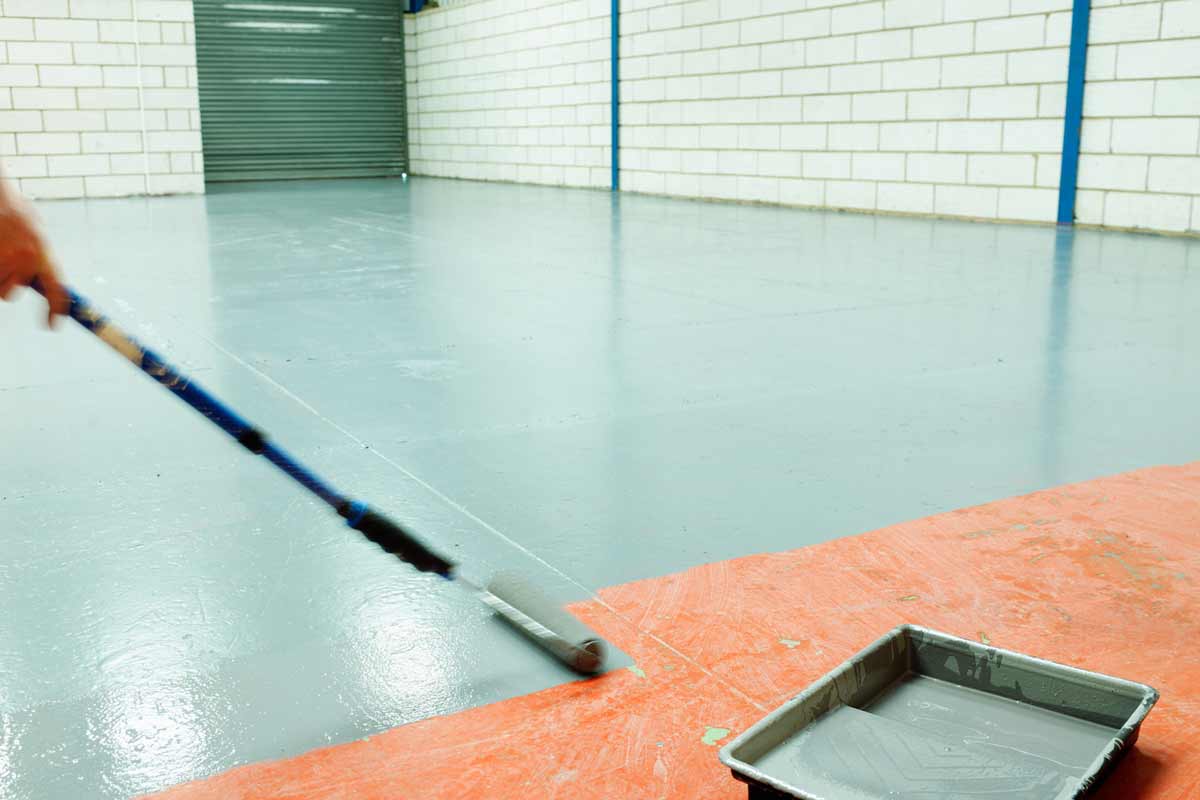
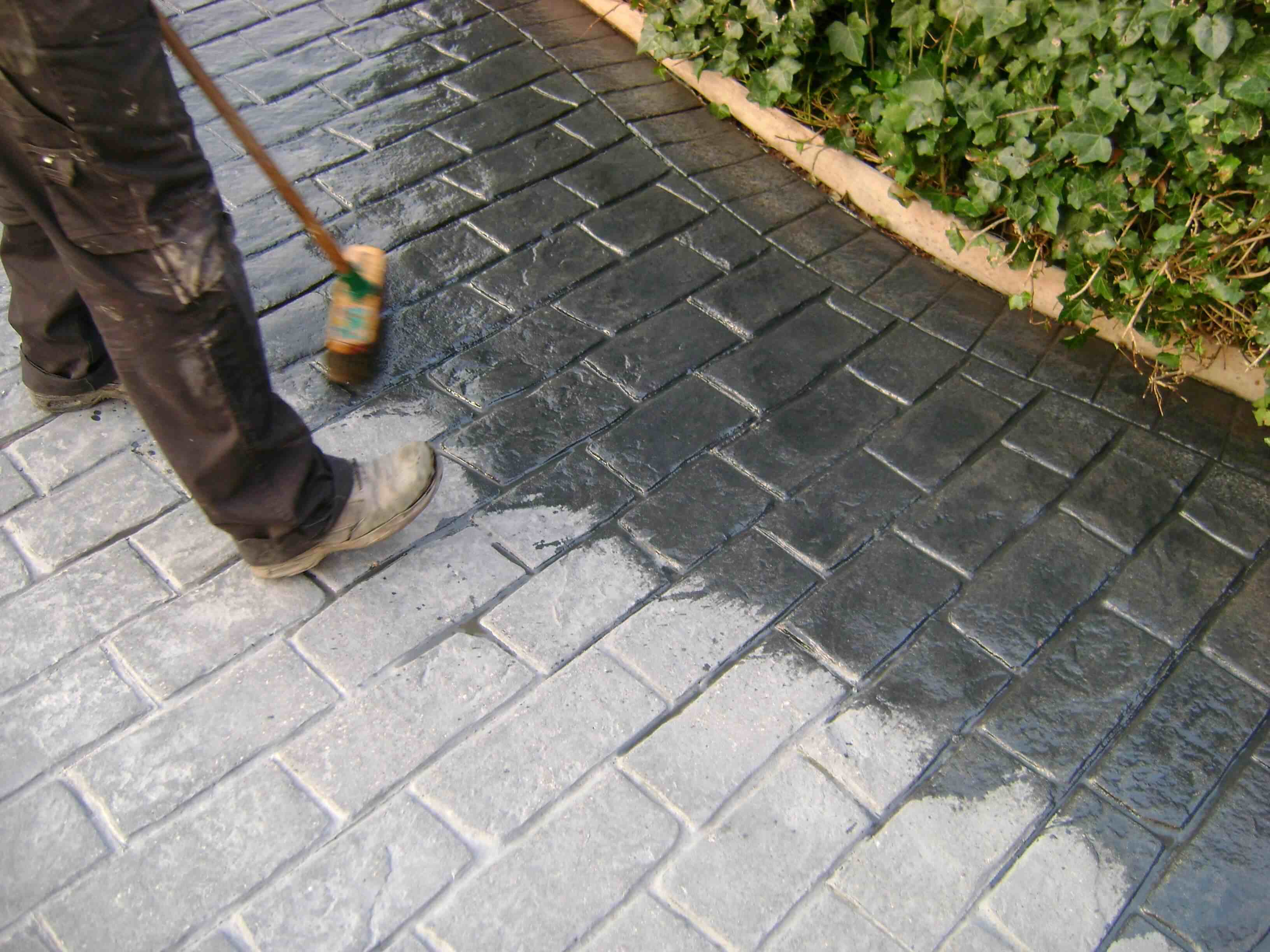
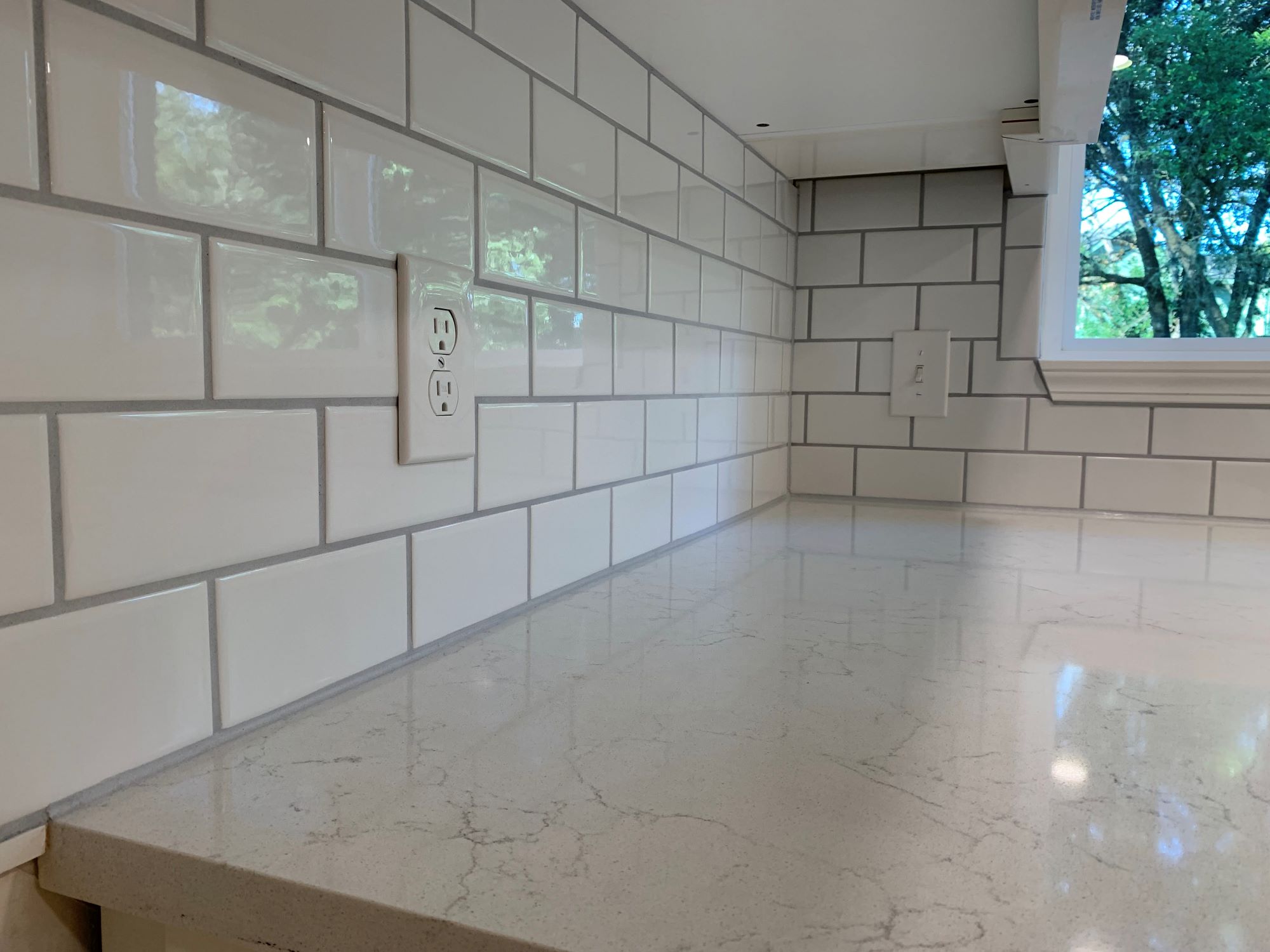

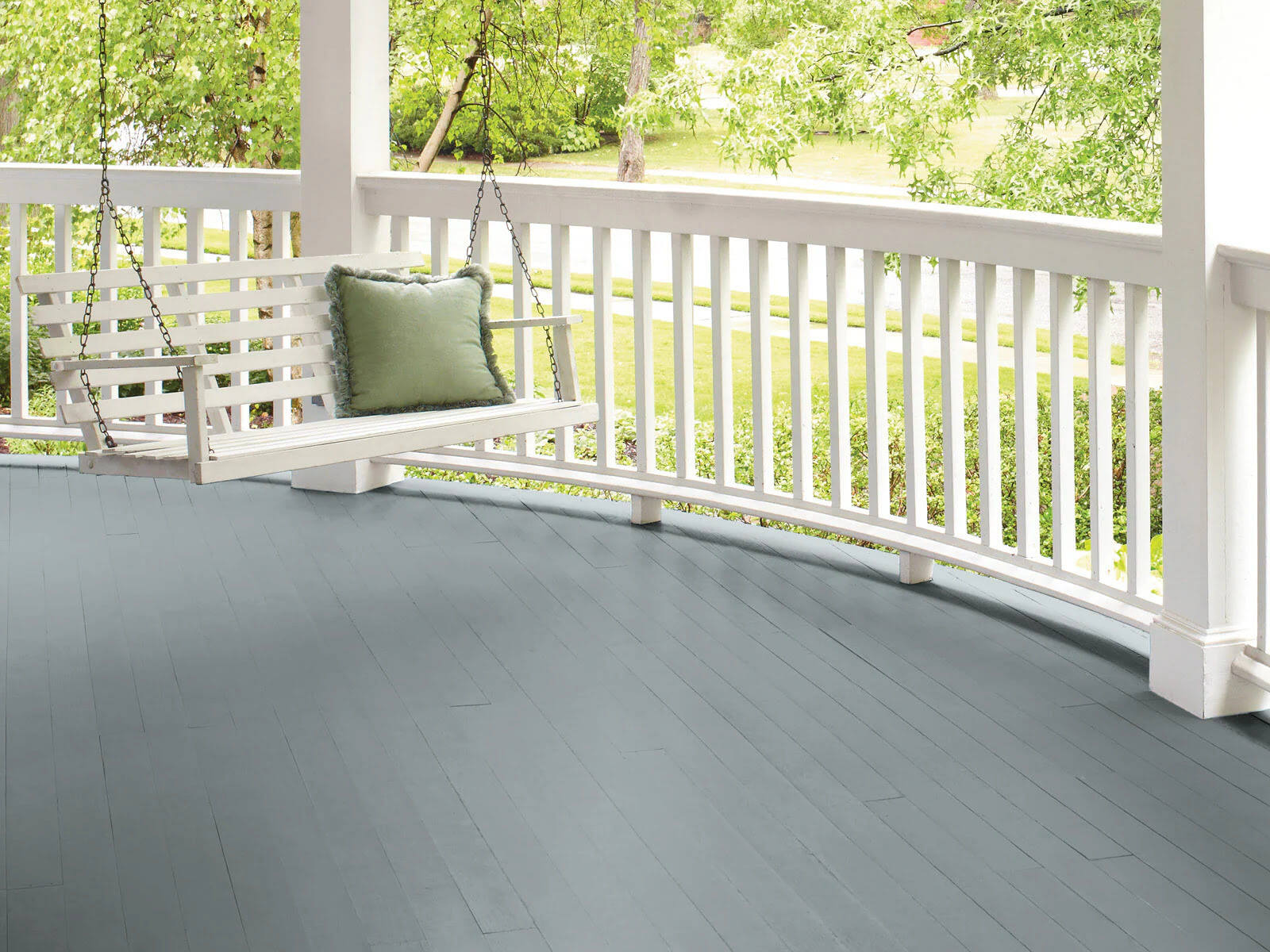


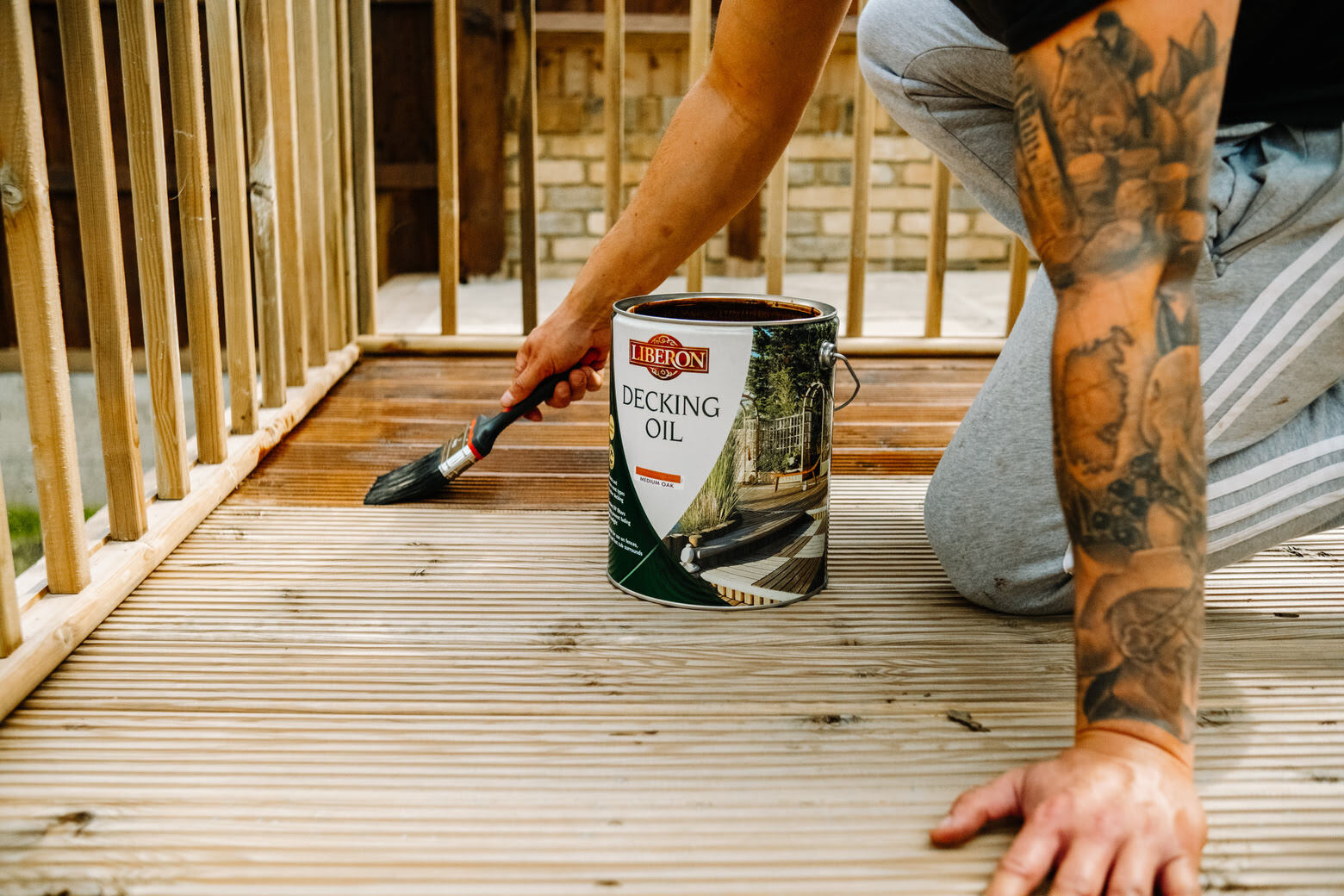
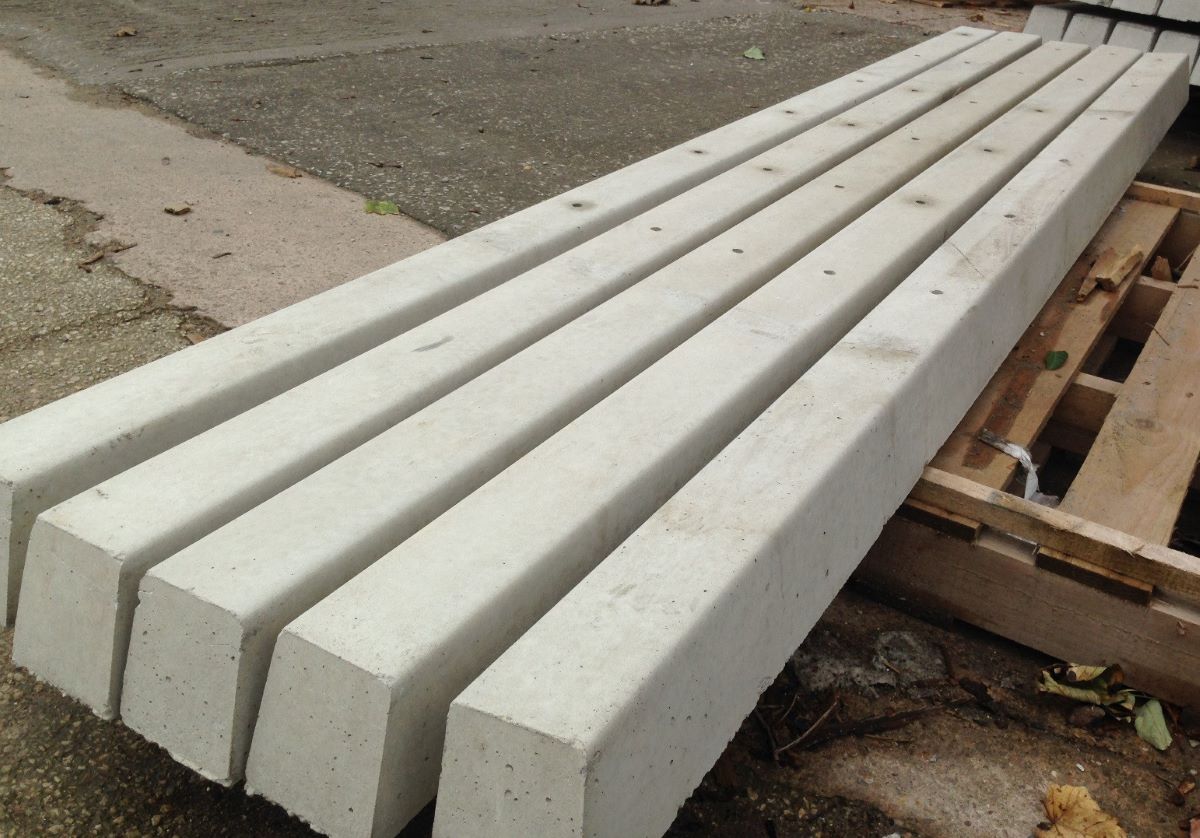

0 thoughts on “How Long Does It Take For A Driveway To Dry”